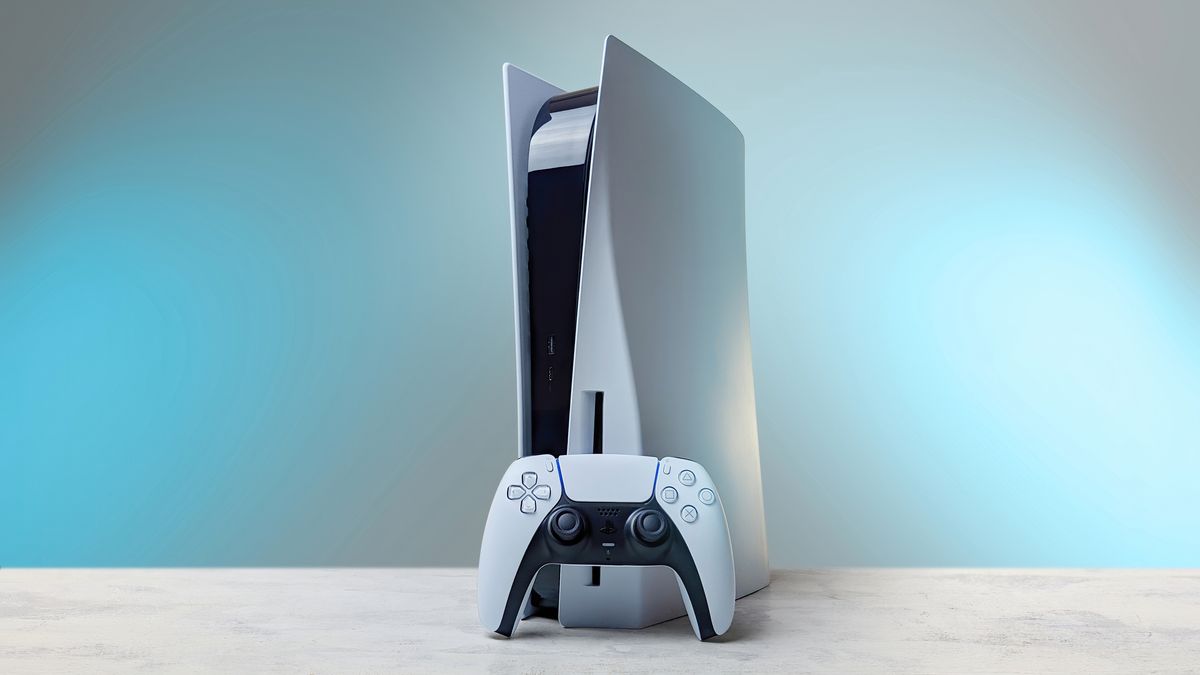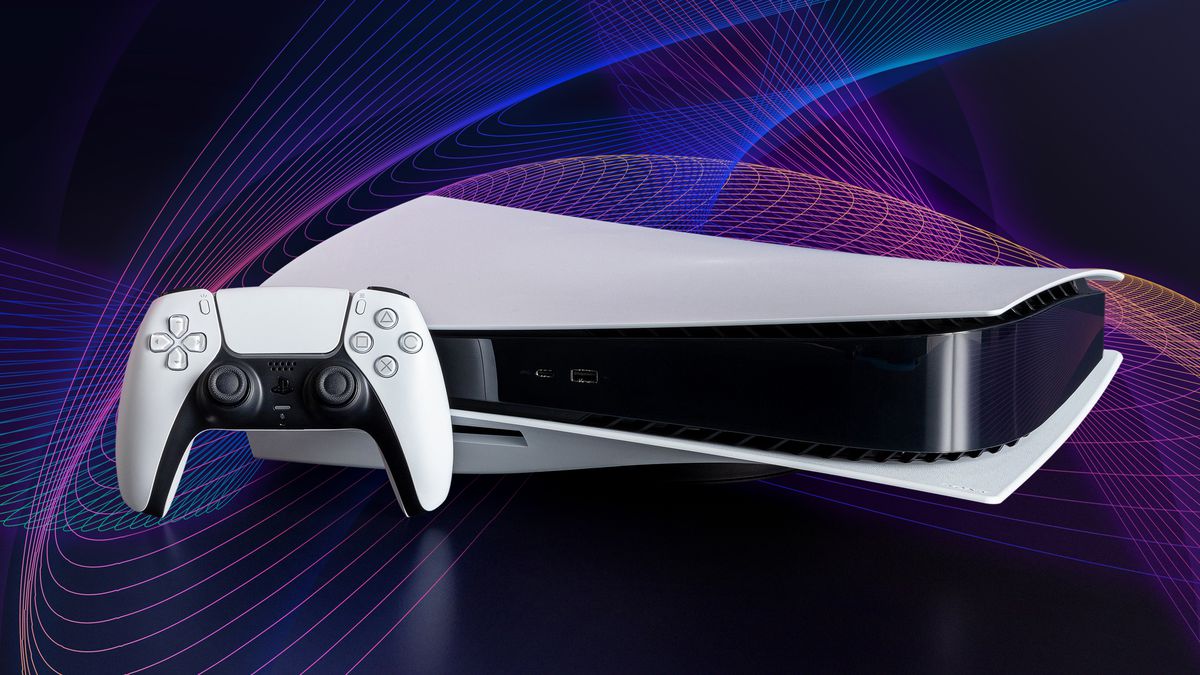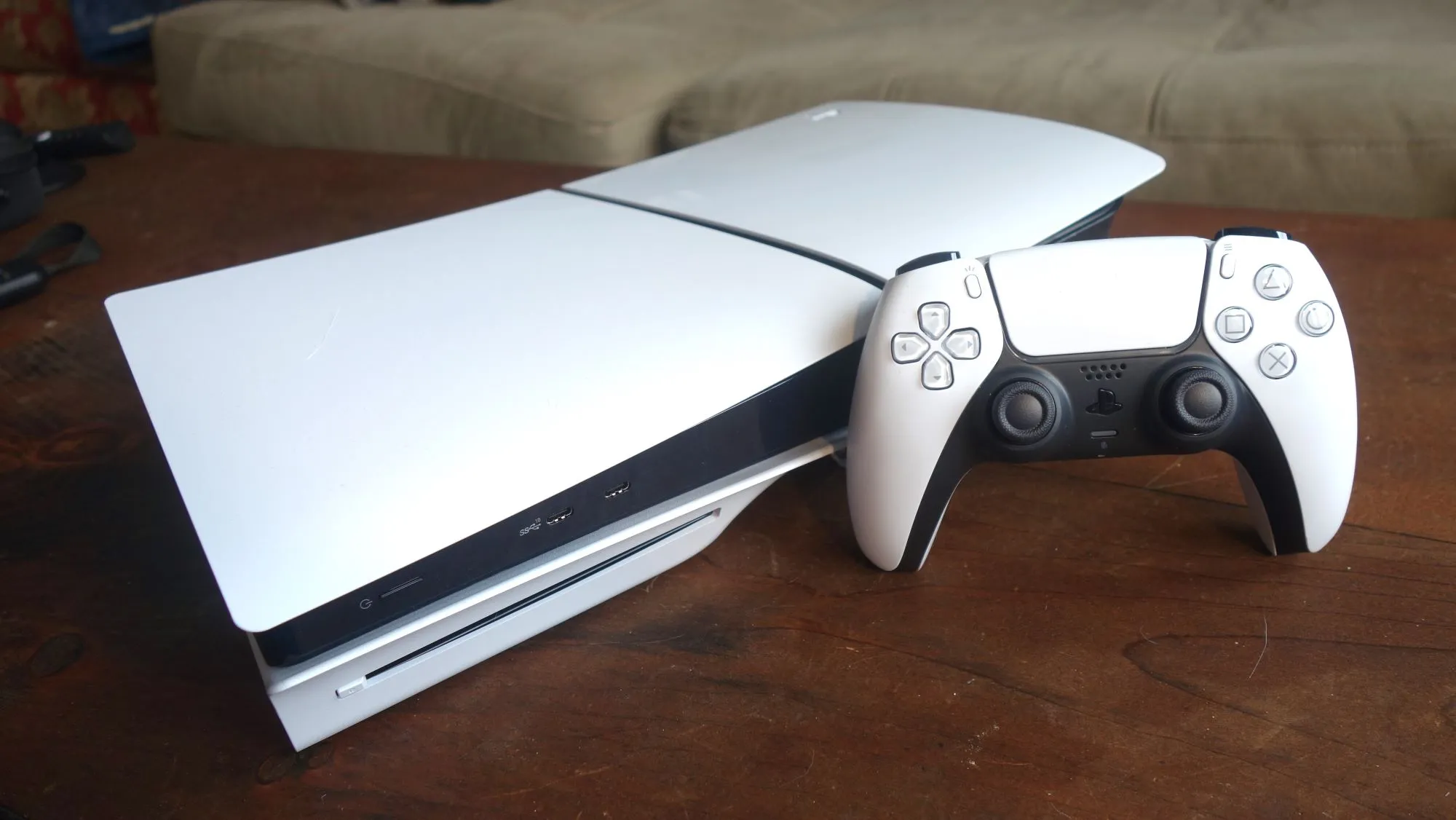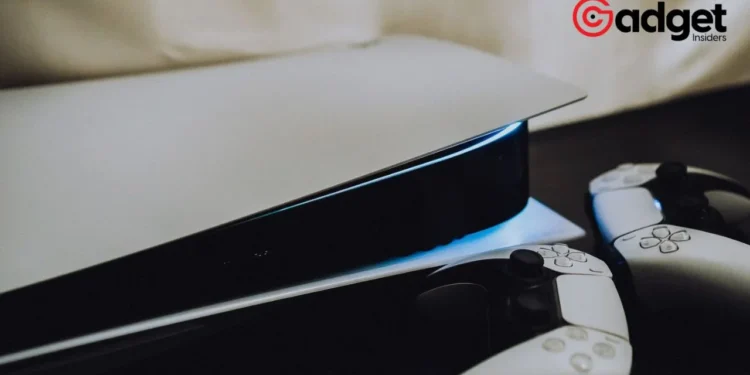As the gaming world continues to evolve at a breakneck pace, recent discussions from Sony have sparked speculation and concern among the gaming community regarding the lifecycle of the PlayStation 5 and the impending arrival of its successor PlayStation 6. Released in 2020, the PS5 has carved its niche in the hearts of gamers worldwide.
However, whispers from Sony suggest that this beloved console is navigating through the final phase of its lifecycle, a revelation that has caught many by surprise.

PlayStation 6: The Accelerated Console Lifecycle
The modern era of gaming consoles seems to be marked by increasingly shorter lifespans. According to Sony’s recent financial call, the PlayStation 5 is already entering the “latter stage of its life cycle.” This statement signals a shift in the gaming landscape and prompts a crucial question: How much time do we have before the PlayStation 6 emerges?
Consoles have traditionally been a long-term investment for gamers, offering a stable platform for the exploration of vast digital worlds over several years
The notion that the PS5 is approaching the end of its journey—not even four years after its launch—suggests a dramatic acceleration in generational turnover. This development underscores a pivotal moment in the gaming industry, where the cycle of console generations appears to be shortening, much to the dismay of consumers.

The Cloud Streaming Horizon and PS5’s Prologue
The future of gaming is increasingly looking towards the cloud, raising questions about the role of cloud streaming in the PlayStation 6’s architecture. As Sony grapples with a slowdown in PS5 sales, falling short of its 25 million units target by securing 21 million sales in the recent fiscal year, the focus shifts towards balancing profitability with market demands.
Naomi Matsuoka, Sony’s Senior Vice President, hinted at a strategic pivot, emphasizing profitability over sheer sales volume in the coming years.
This strategic realignment may also herald the introduction of new hardware, including the much-anticipated PlayStation 5 Pro model. Rumors of a PS5 Pro have been circulating, suggesting it could serve as a bridge between the current and next console generations, offering enhanced performance and features to tide gamers over until the PlayStation 6 is unveiled.
To celebrate the release of #Banishers: Ghosts of New Eden, we’re giving away a Banishers custom PlayStation 5! 🍀
The lucky winner will also receive a key of the game. To enter:
– follow our account
– RT and like this postEnds on February 22. Rules: https://t.co/0fcyLy4vuK pic.twitter.com/AYblCaks0J
— Focus Entertainment (@Focus_entmt) February 12, 2024
A Generation Still in Bloom?
Despite being in its fourth year, the current generation feels like it has yet to fully unfold. Both Sony and Microsoft seem to be lagging in delivering a robust lineup of first-party exclusives, leaving gamers yearning for more from their current consoles.
The anticipation for blockbuster titles remains high, with hopes that both publishers will enrich their catalogs before transitioning to the next generation.
The gaming community stands at a crossroads, caught between the excitement of technological advancements and the nostalgia of fully immersing in a console generation. As we inch closer to the dawn of the PlayStation 6, the challenge for Sony and its rivals will be to balance innovation with the deep-seated affection gamers have for their current consoles.

Moving Forward
The revelation that the PlayStation 5 is nearing the latter stages of its lifecycle has stirred a mix of anticipation and apprehension within the gaming community. As we speculate on the features, capabilities, and potential of the PlayStation 6, it’s crucial to cherish the experiences the PS5 continues to offer.
The journey from one console generation to the next is filled with both farewells to cherished experiences and the promise of new digital frontiers to explore.
In this ever-changing landscape, the true essence of gaming—immersive storytelling, captivating gameplay, and community connection—remains constant, bridging the gap between the old and the new.










